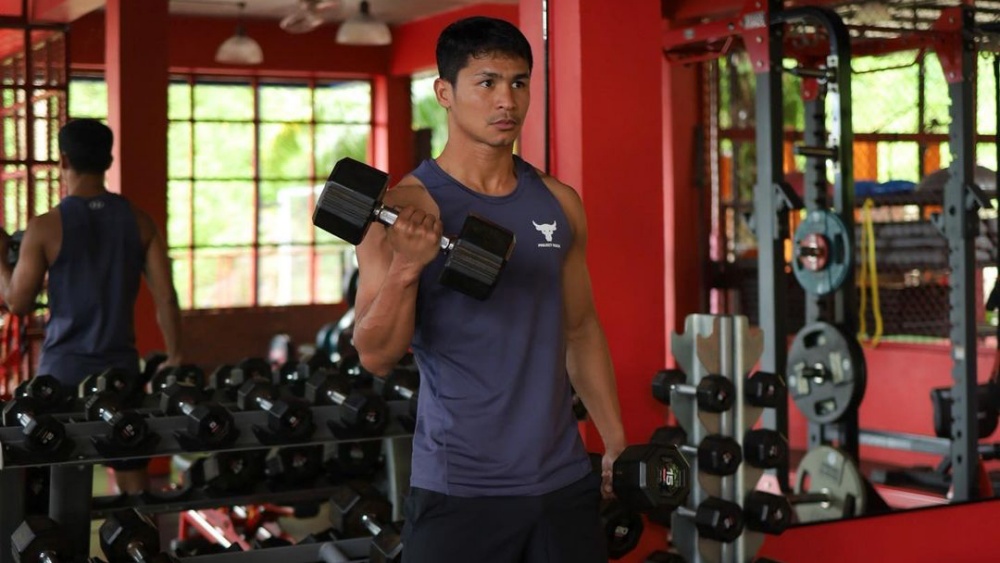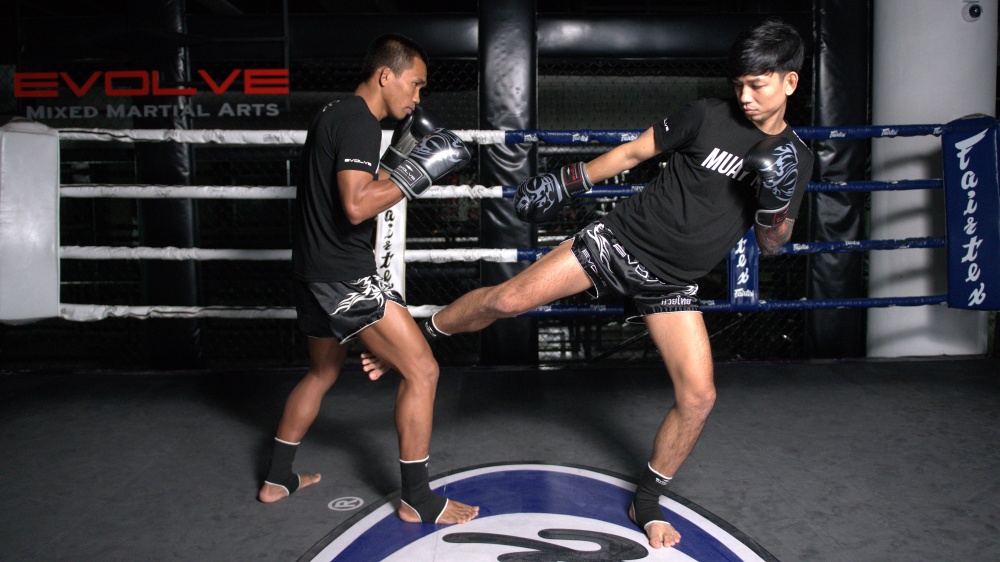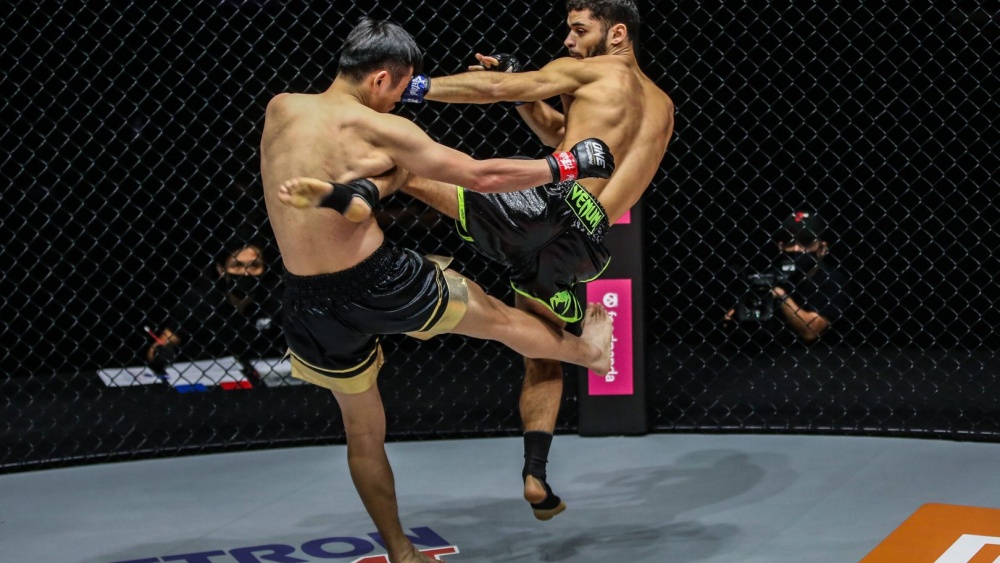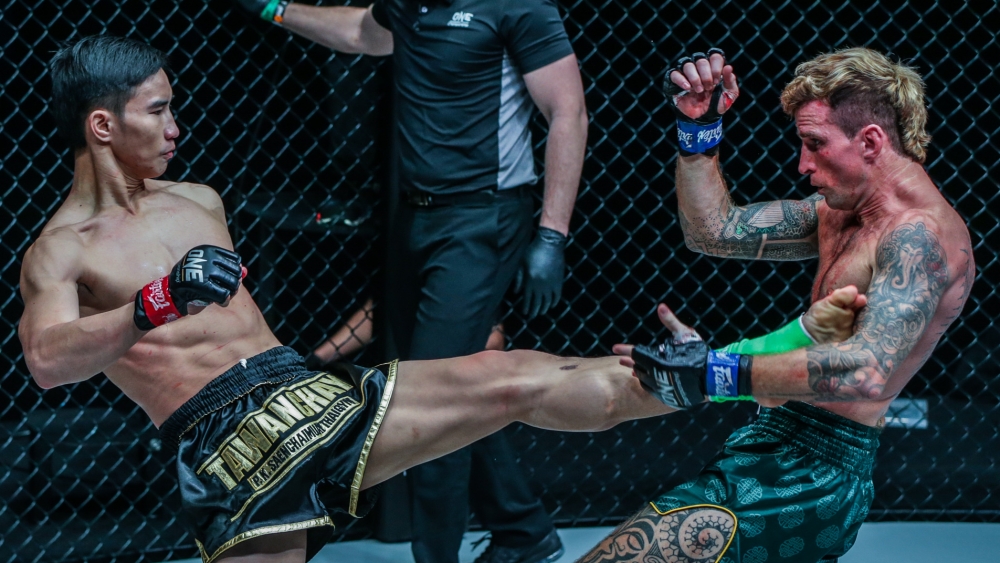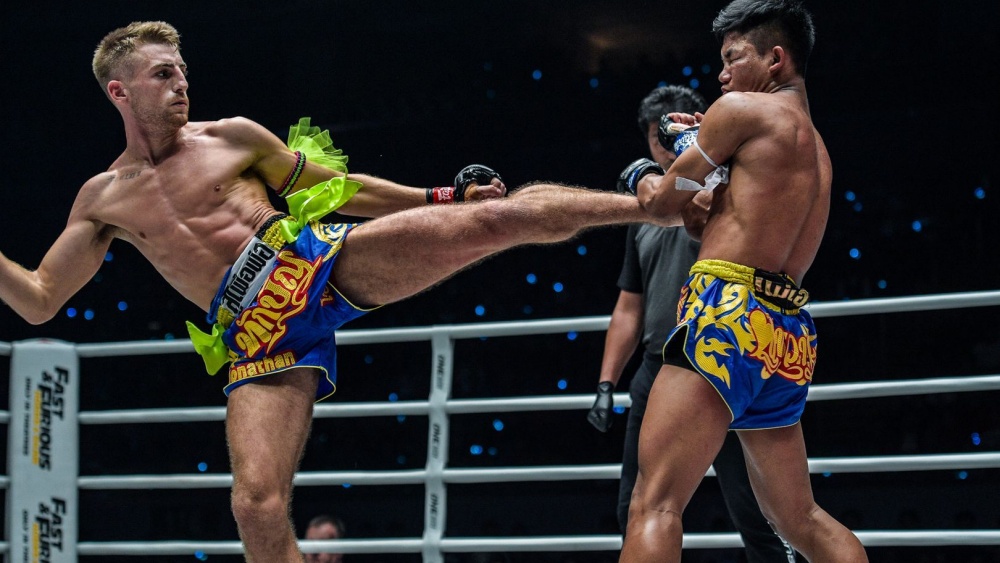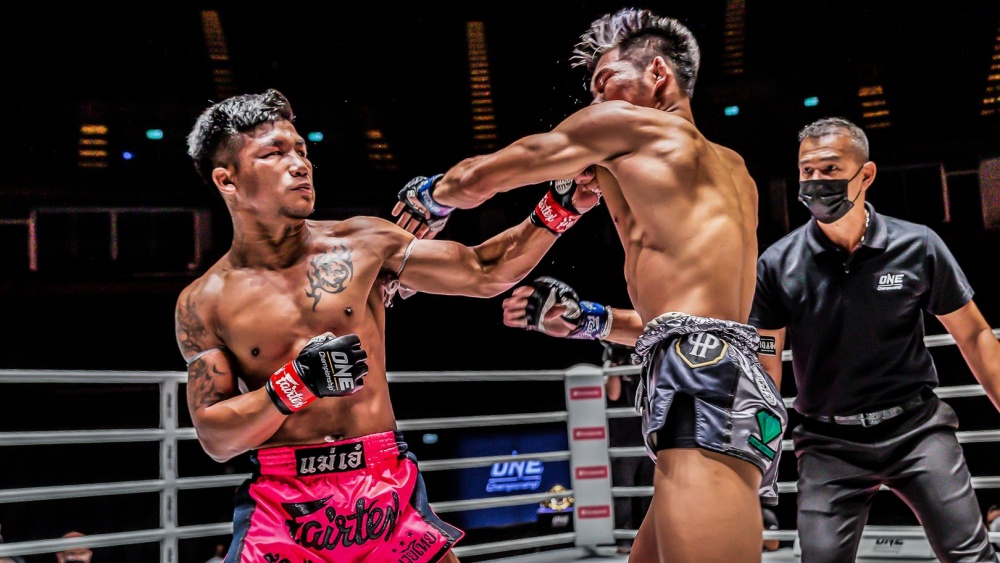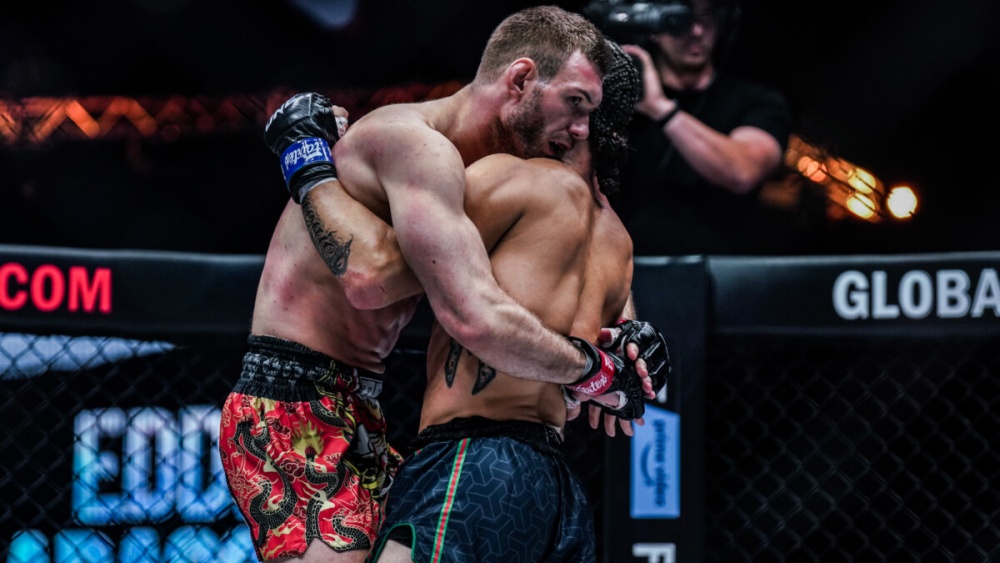Muay Thai may be an ancient martial art but as a sport, it is always evolving. Every day, across every corner of the globe, athletes are pushing their bodies to the limit, trying to get even the slightest competitive edge over their opponents. In recent years, many fighters have turned to Strength and Conditioning programs to get that advantage.
Many fighters make the mistake of underestimating the intricacies involved in a good strength and conditioning program and limit themselves to a few basic lifts a few times a week. Sure, a basic lifting program will get you stronger, but it doesn’t mean that the strength gains you get in the gym will translate effectively into Muay Thai.
So, what exercises do you want to focus on? With so much misinformation online and a saturated market of mediocre personal trainers offering their two cents, it can be hard to tell. The way we see it, you don’t go to Subway and order a gourmet steak and in that spirit, we’ve gone directly to the best in the business, Liam Harrison’s own PT, Nat Robinson, and asked him for a bit of advice.
In this article, we are going to discuss his ideology of sports-specific programming and reveal the 4 upper body exercises he recommends for all Nak Muay’s looking to develop speed and power for Muay Thai.
What Is Sport-Specific Programming?
In a nutshell, sports-specific programming is the creation of a strength and conditioning routine where the exercises enhance the techniques you will be using in competition. “We’re not just lifting weights,” says Nat, “we’re sculpting a performance powerhouse. Mimicking the nuanced demands of martial arts, from delivering knockout punches to the intricate dance of the Muay Thai clinch.
Nat’s recipe for success is a winning one. He’s worked closely with some of England’s (and the world’s) most successful Nak Muays including world champions, Liam Harrison, Dan McGowan, Jordan Watson, and Josh Hill. So, when he suggests something, it’s worth paying attention.
With that in mind, let’s look at the top 4 exercises that Nat recommends for fighters looking to develop their upper body for Muay Thai.
1) The Close-Grip Bench Press
According to Nat, “The close grip bench press isn’t an option—it’s a necessity.” He says, “The strategic arm positioning becomes a tactical advantage, seamlessly integrating the demands of the ring into every rep. It’s a cornerstone in crafting upper body strength, power, and hypertrophy.”
While this movement will still develop the muscles in your chest, which is useful for clinching, the narrower arm position builds strength through your triceps and translates more closely to punching power through your upper body.
The close-grip bench press is a diverse movement as it can be used to develop both speed and power through your upper body. If speed is your goal, Nat suggests modifying the close-grip bench press for “accommodation resistance training.” That is, adding chains or bands to the bar, which manipulates you into you maximizing the force you generate through each rep.
2) The Close Grip Chin-Up
Nat says that if dominating in the clinch is your goal, then you can’t look past the close grip chin-up to build strength through your biceps and lats. It only takes the most casual glance, and you can see how this exercise develops the strength to dominate your opponent’s neck in a top lock position.
If you are just starting with your chin-ups and struggle to get your head over the bar for even a few reps, don’t lose heart. You can begin with a banded option, which lowers the difficulty while you are building your strength. Meanwhile, if you are already a chin-up machine, then you can look to add weights to the movement for some added intensity.
3) Medicine Ball Punch Throws
If you want to develop some serious knockout power through your straight punches, then Nat suggests adding some ballistic training to your regime. Ballistic training is similar to accommodated resistance training in the respect that you are doing an exercise under resistance but with the pivotal difference that there is a ‘release point.’ That is, you don’t need to hold the weight at the end of the rep so you can generate more force through the movement.
For ballistic training specific to developing punching power, there is nothing better than the med ball punch throw. It is a great way to replicate the movement of a straight punch under resistance, making your hands faster and more explosive. While the focus is obviously on upper body muscle groups such as your triceps, shoulders, and chest, incorporating this exercise in your strength and conditioning program also allows you to build explosive power through your core and hips.
4) Lateral Kettlebell Swings
While this is not strictly an upper-body exercise, almost every Muay Thai technique is a whole-body movement that requires your lower and upper body to be moving in conjunction with each other. You can’t do this without recruiting your core and obliques. Not only do these muscles need to be strong but they also need to be able to generate rotational force and transfer this power between the hemispheres of your body.
The lateral kettlebell swing is the ideal movement for this. Not only does get your arms and posterior chain all firing in unison, but it relies on the lateral manipulation of your core while also replicating the movement of Muay Thai’s most common weapon, the roundhouse kick.
Conclusion
For a strength and conditioning program to give you the physical and tactical advantage when facing down your opponent in the ring, simply lifting weights won’t cut it. You need to focus on exercises that are specific to Muay Thai if you want to get that competitive edge.
If you are looking to get some serious knockout power in your punches, and an extremely dominant clinch game then these four upper body exercises, recommended by world champion trainer, Nat Robinson are a great place to start but if you want to bring your Muay Thai game to the next level, then you should begin working with a strength and conditioning coach that has a proven record for sculpting athletes for success in the Muay Thai arena.
You may also like:
